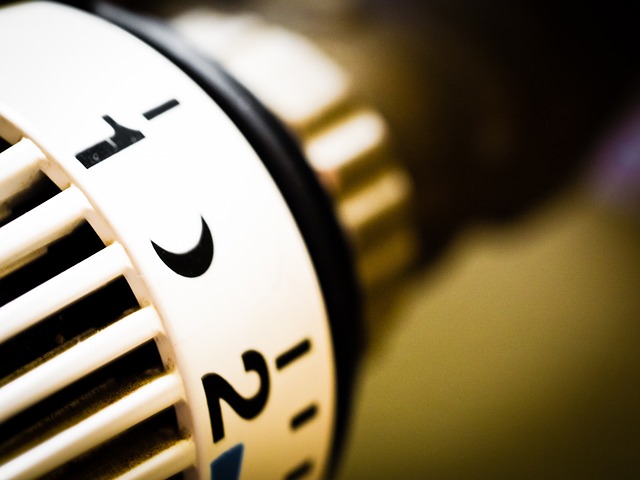Filter care and airflow tips for consistent indoor warmth
Maintaining steady indoor warmth depends on clean filters, balanced airflow, and regular system checks. This short guide covers practical filter care, ductwork considerations, thermostat handling, and routine inspections to help systems like furnaces and boilers operate more reliably and efficiently.

Maintaining a steady, comfortable indoor temperature relies on several simple but often overlooked practices. Clean filters, well-designed ductwork, and properly calibrated controls all play a role in how evenly heat is delivered from a furnace or boiler to living spaces. Regular inspections and basic diagnostics can help identify issues early, improving efficiency and extending equipment longevity while preserving safety. Below are focused tips on filter care, airflow management, and scheduling sensible servicing to keep indoor warmth consistent through seasonal changes.
How do filters affect furnace and boiler performance?
Filters are the first line of defense for any heating system. In forced-air furnaces, clogged filters restrict airflow, forcing the blower motor to work harder and reducing heat transfer efficiency; in systems connected to boiler-fed radiators that use air handlers, filters still protect fans and ducts. Regularly replacing or cleaning filters improves combustion stability in gas-fired units and reduces dust buildup that can insulate heat exchangers. Choose the correct MERV rating for your system—higher ratings trap finer particles but may impede airflow if the system isn’t designed for them—balancing indoor air quality and efficiency.
What routine inspections and servicing help airflow?
Scheduled inspections and servicing identify early signs of trouble that affect airflow, such as fan wear, blocked vents, or failing motors. A basic inspection covers filter condition, visible duct leaks, blower operation, and simple diagnostics of blower performance. Servicing should include cleaning accessible components, checking belts and bearings, and testing controls. Regular servicing every 1–2 years for many systems, and annual checks for combustion systems, keeps diagnostic issues from becoming breakdowns and helps maintain consistent heat distribution.
How does ductwork and airflow impact temperature consistency?
Ductwork integrity and design strongly influence how heat is distributed. Leaky or poorly insulated ducts lose warm air, creating cold spots and forcing the system to run longer. Restrictive bends, undersized runs, and blocked supply or return grilles also reduce effective airflow. Sealing joints with appropriate materials and insulating ducts in unconditioned spaces preserves heat and improves system efficiency. Periodic airflow diagnostics, such as measuring static pressure or airflow volumes, help verify the system delivers balanced air to each room and highlight where adjustments are needed.
How should thermostats and calibration be handled?
Thermostats are the control center for temperature comfort; inaccurate sensors or poor placement can cause uneven heating cycles. Check thermostat calibration and location—avoid wall areas with drafts, direct sunlight, or heat sources. Upgrading to a programmable or smart thermostat can support better scheduling and maintain steady temperatures, but any new device should be properly calibrated to your heating system. Scheduling regular calibration during seasonal servicing avoids wide temperature swings and ensures the system runs only as long as needed for comfort and efficiency.
What safety and combustion checks are important?
For combustion-based systems, safety checks are essential. Inspections should include combustion diagnostics, verifying proper flame characteristics, checking for carbon monoxide leaks, and ensuring venting pathways are clear. Safety devices, such as limit switches and carbon monoxide detectors, must be tested and maintained. Regular servicing that includes combustion analysis and safety diagnostics minimizes risk, preserves system longevity, and ensures that efficiency gains don’t come at the expense of occupant safety.
How can scheduling and longevity planning improve efficiency?
A consistent maintenance schedule supports long-term reliability. Plan inspections and servicing ahead of peak seasons so diagnostics and replacements are completed before heavy use. Routine tasks—filter changes every 1–3 months depending on use and filter type, annual inspections of furnaces or boilers, and periodic duct checks—reduce emergency repairs and spread cost over time. Longevity is also improved by addressing small issues early, such as noisy bearings or slight leaks, which can prevent accelerated wear and improve overall system efficiency.
Consistent indoor warmth is achievable through straightforward practices: attentive filter care, clear and well-sealed ductwork, proper thermostat placement and calibration, and regular inspections and servicing. These measures enhance efficiency, support safety, and help heating equipment reach its expected lifespan while providing more even, reliable comfort across your home.





